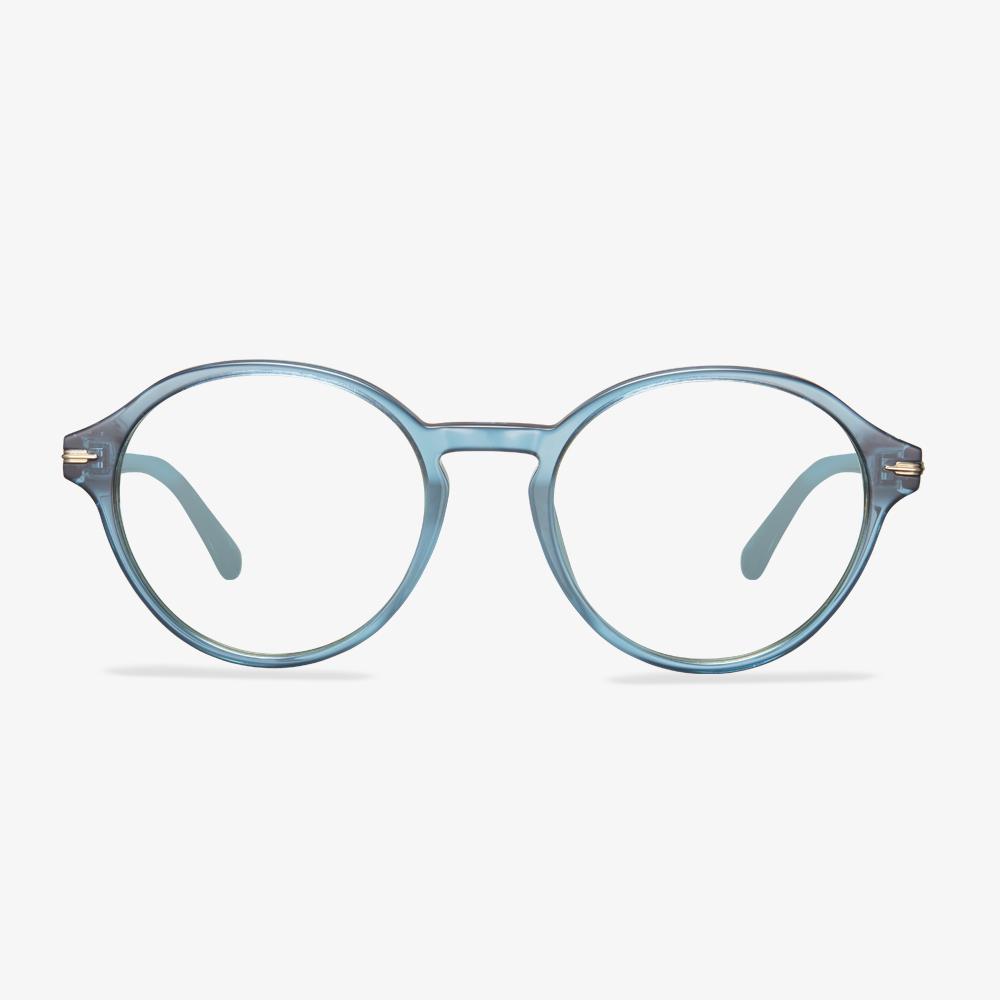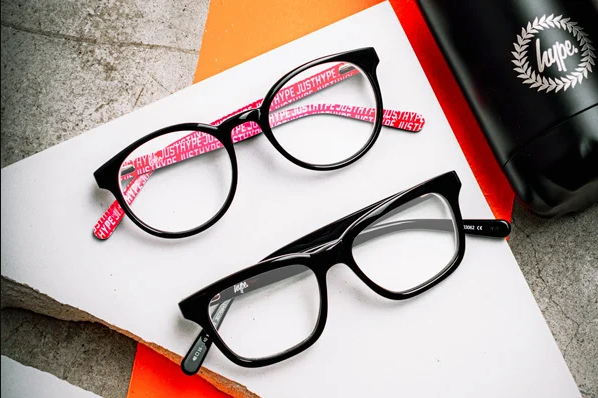Progressive lenses and single vision lenses
An optical lens that has only one luminosity on a single vision lens and does not have special functions.
The curvature of the front surface of the progressive lens increases continuously from top to bottom, and the refractive power increases gradually and continuously from the distance zone located on the upper part of the lens until the near zone at the bottom of the lens reaches the required near-use refractive power. A pair of glasses can be used. You can see far away, you can see close, and you can see objects in the middle distance.
Does it take time to adjust to progressive lenses?
How long should it take to get used to progressive lenses? I have never worn glasses before.Progressive lenses were developed to allow easy switching between near and far views. Progressive glasses are divided into four parts. The upper part is the far-light region. The lower part is the near-light region, and the middle part is a variable light region. From top to bottom, if the hyperopia film is gradually increased and the myopia film is gradually decreased. The middle variable area is on both sides of the astigmatism area. Because of the prism effect, when you see things, through this area, the object will be blurred, and the eyes will feel uncomfortable. If the height of the frame itself is very small, the transition zone of progressive multi-focus is very narrow, and the eyes may not adapt to the sunglasses. The current design of progressive lenses is still not mature. Imported brands are relatively stable but expensive, and domestic brands are not mature in design. For various reasons, progressive glasses may be difficult to adapt to wearing.
What is the difference between sunglasses and polarized glasses for fishing?
Ordinary sunglasses reduce the sensitivity of the light, reduce the intensity of the reflection, and reduce the glare of strong light. Wear the glasses to see where there is a reflection on the surface of the water, the reflection still affects the vision.
Polarized sunglasses used for fishing can not only reduce the sensitivity but also refract the reflections to prevent the strong light from stabling the eyes. Wearing polarized sunglasses to see the reflections on the water surface will not see the reflections. Also, you can see underwater fish and scenery ( Depending on the clarity of the water), it is not an exaggeration to say that polarizers are an enhanced version of sunglasses.
Operation and Requirements of Drop Ball Test
The ball, which is 0.625 inches in diameter and weighs 0.56 ounces (16 grams), falls from 50 inches (127 centimeters) and hits the center of the lens. The geometrical center of the lens should be struck by the ball within a circle 5/8 inches in diameter. If the lens does not break, it is called a safety lens. There can't be anything that restricts the ball from falling. It cracks across the entire thickness, containing laminated layers (if any), and divides into two or more separate sections across the entire diameter.
How to do with it?
Wash your glasses once a week to avoid future accumulation. Remove the green goo with a soft cloth, a cotton swab, some mild dishwashing liquid, alcohol, and a soft-bristled toothbrush. Ultrasonic cleaning machines can remove dirt and green mud because vibration can do with micro-mud. This device is available in most optician stores, so you can have your glasses cleaned there. Just like anything we use, glasses need to be replaced. It is recommended that you replace the nasal pad with a new one every 6 months to keep it sanitary.
The weight difference between pure titanium frames and titanium frames
Titanium frames are slightly heavier than pure titanium frames, but they are both high-quality materials, so they are more comfortable on the outside. The specific gravity of pure titanium is generally 4.5, while titanium alloy is 8.9, which means the material is equivalent to half of the titanium alloy. So the frames are lighter in your hand.
How to Tell If Your Progressive Lenses Are Correct?
Progressive lenses are popular among people who are over 40 and they can be used to correct presbyopia. If you have a pair of progressive lenses, how can you tell if the progressive lenses are correct or not? If you do not know, you come to the right place. This post will show you how to tell if your progressive lenses are correct.
How do I know If I have progressive lenses? There are two parts of the lens you can check. The first is how the lens sits in front of your eyes. If you are not able to see in the distance, either centration is way off the lenses are too high or the lens power is not correct. However, when checking the lens sitting in front of your eyes, you should be able to maintain a natural posture in your neck and see sharp when reading or while focusing on the distance. If you raise your chin high while reading or hold it low to see in the distance, it is not correct.











































